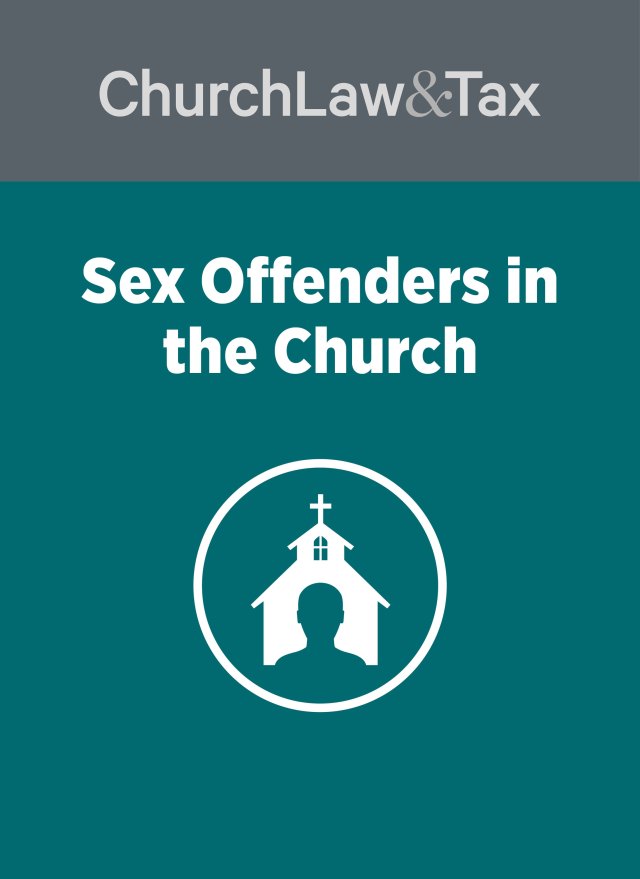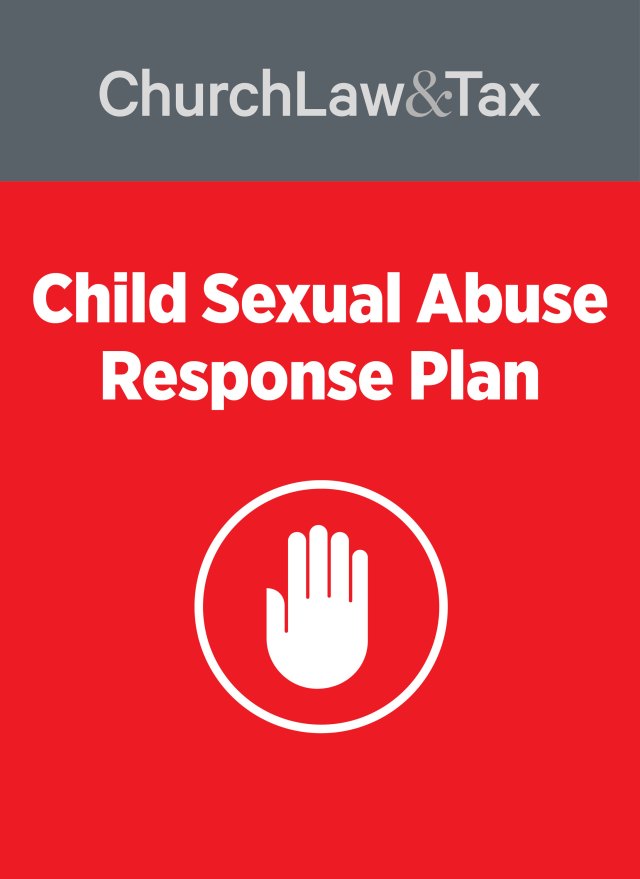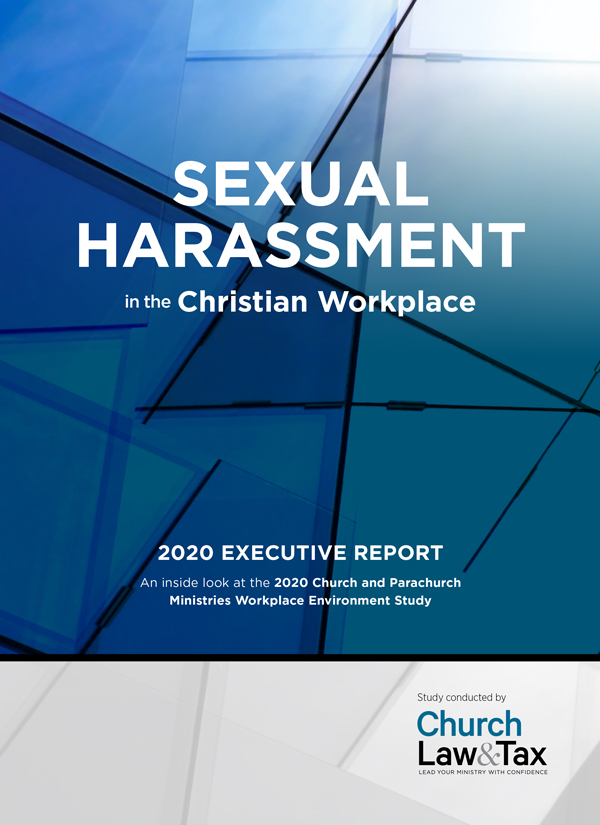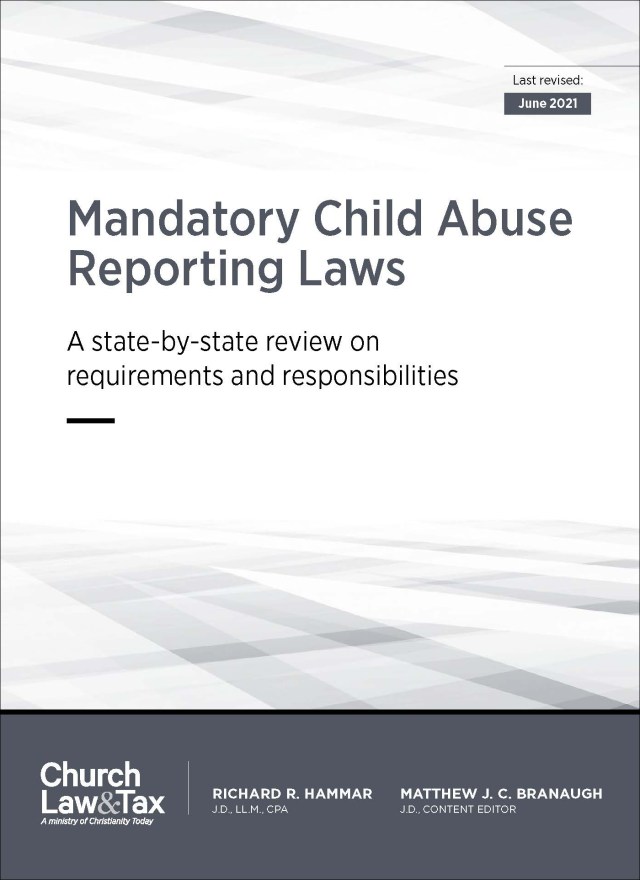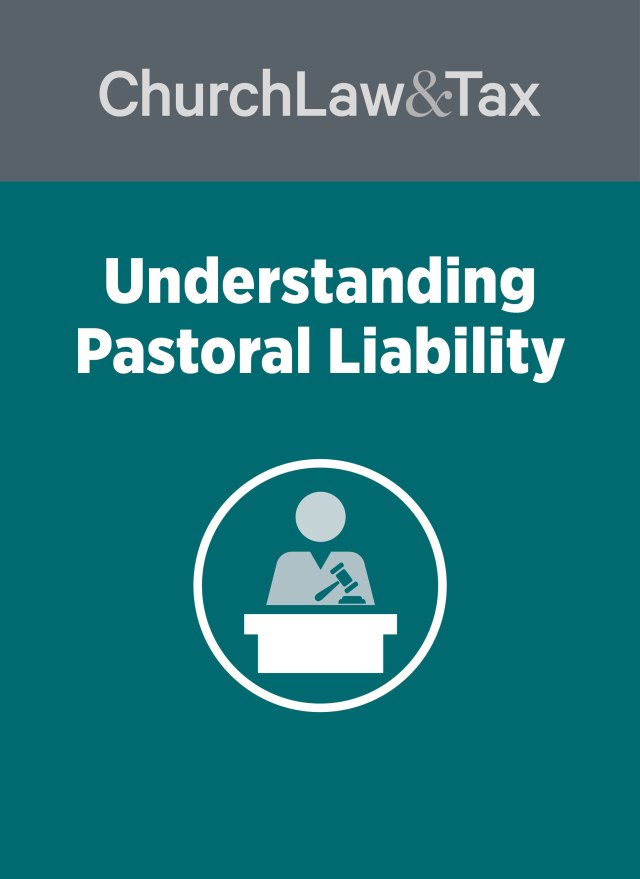The term pedophile is widely used but poorly understood. Often, it is used synonymously with child molester. The American Psychiatric Association’s current Diagnostic and Statistical Manual of Mental Disorders (DSM-IV-TR) identifies the following “diagnostic criteria” for pedophilia:
Note: Do not include an individual in late adolescence involved in an ongoing sexual relationship with a 12- or 13-year-old.
This definition implies that pedophiles are both promiscuous and predatory. These characteristics were noted in Child Molesters: A Behavioral Analysis (2010), by former FBI agent Kenneth Lanning. He notes:
Although a variety of individuals sexually abuse children, preferential-type sex offenders, and especially pedophiles, are the primary acquaintance sexual exploiters of children. A preferential-acquaintance child molester might molest 10, 50, hundreds, or even thousands of children in a lifetime, depending on the offender and how broadly or narrowly child molestation is defined. Although pedophiles vary greatly, their sexual behavior is repetitive and highly predictable ….
Those with a definite preference for children (i.e., pedophiles) have sexual fantasies and erotic imagery that focus on children. They have sex with children not because of some situational stress or insecurity but because they are sexually attracted to and prefer children. They have the potential to molest large numbers of child victims. For many of them their problem is not only the nature of the sex drive (attraction to children), but also the quantity (need for frequent and repeated sex with children). They usually have age and gender preferences for their victims.
The Association for the Treatment of Sexual Abusers website states: “Offenders who seek out children to victimize by placing themselves in positions of trust, authority, and easy access to youngsters can have hundreds of victims over the course of their lifetimes. One study found that the average number of victims for non-incestuous pedophiles who molest girls is 20; for pedophiles who prefer boys, over 100.”
Church leaders also should also be aware that pedophilia generally is considered to be incurable, and very difficult to control. In addition, pedophiles have a high recidivism rate, meaning that those who are convicted and sentenced to prison are likely to revert to such behavior upon their release. The Association for the Treatment of Sexual Abusers website states that “predatory pedophiles, especially those who molest boys, are the sex offenders who have the highest recidivism rates. Over long follow-up periods, more than half of convicted pedophiles are rearrested for a new offense.”
In summary, it is important for church leaders to understand the definition of pedophilia, since this condition is associated with several characteristics, including (1) promiscuity; (2) predatory behavior; (3) incurability; and (4) high recidivism rates.
The American Psychiatric Association has announced that a new edition of the DSM (“DSM-5”) will be implemented in May of 2013. The new edition includes several revisions, including the following revised “diagnostic criteria” for pedophilia:
“The dry research figures only confirm what I have seen over and over in this field: there are a lot of sexual offenses out there and the people who commit them don’t get caught very often. When an offender is caught and has a thorough evaluation with a polygraph backup, he will reveal dozens, sometimes hundreds of offenses he was never apprehended for. In an unpublished study by Pamela Van Wyk, 26 offenders in her incarcerated treatment program entered the program admitting an average of 3 victims each. Faced with a polygraph and the necessity of passing it to stay in the treatment program, the next group of 23 men revealed an average of 175 victims each.” Anna Salter, Predators: Pedophiles, Rapists, and Other Sex Offenders: Who They Are, How They Operate, and How We Can Protect Ourselves and Our Children (2003).
Need More Information?
Read about best practices on background screenings for church employees and volunteers at ChurchLawAndTax.com/private/library/screening.php. Develop a child sexual abuse prevention program for your church with Reducing the Risk, 3rd Edition, available at ChurchLawAndTaxStore.com or by calling 1-800-222-1840.
This article first appeared in Church Law & Tax Report, March/April 2013.
Church Law & Tax Report is published six times a year by Christianity Today International, 465 Gundersen Dr. Carol Stream, IL 60188. (800) 222-1840. © 2013 Christianity Today International. editor@churchlawandtax.com All rights reserved. This publication is designed to provide accurate and authoritative information in regard to the subject matter covered. It is sold with the understanding that the publisher is not engaged in rendering legal, accounting, or other professional service. If legal advice or other expert assistance is required, the services of a competent professional person should be sought. “From a Declaration of Principles jointly adopted by a Committee of the American Bar Association and a Committee of Publishers and Associations.” Annual subscription: $69. Subscription correspondence: Church Law & Tax Report, PO Box 37012, Boone, IA 50037-0012.
